Entrepreneur Stories
Top 10 Brands Owned By Tata Group
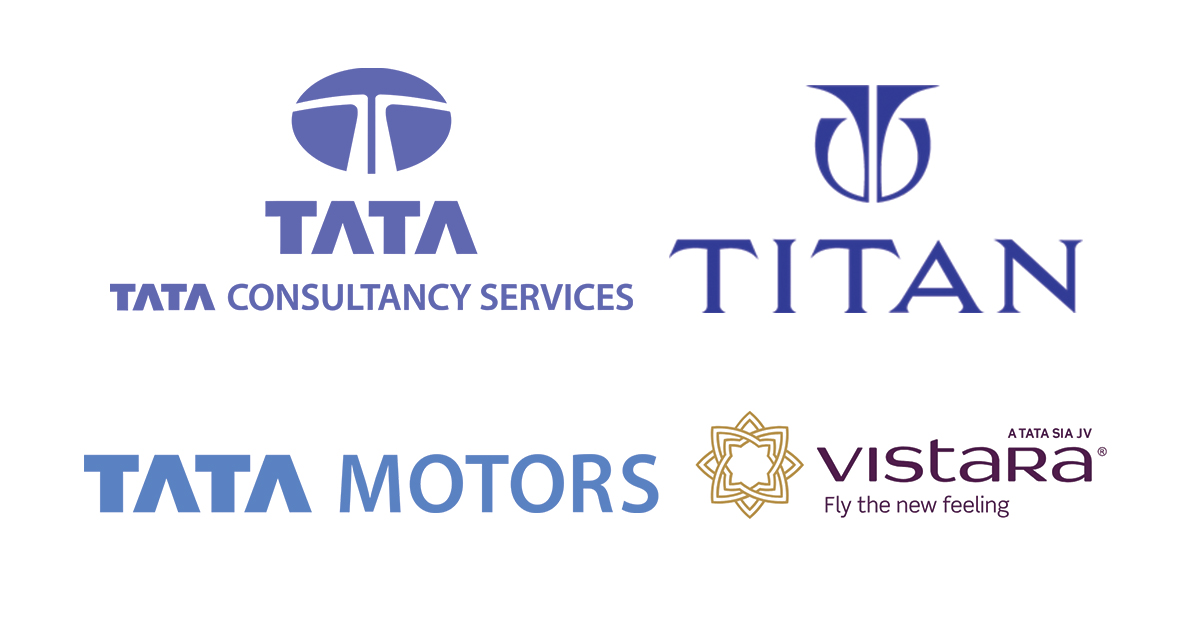
Tata Group is another of India’s oldest brands which was founded in 1868 by Jamsetji Tata. Tata Group began as a trading company and has since then diversified into almost every major industry. The Tata group has a rich history of having dealt in almost every major industry which includes software as well as heavy machinery. Tata Group is one of the largest employers in the world and currently employs more than 7,00,000 people across the world. Over the years, Tata Group has meticulously committed itself to delivering high quality goods and services and the Tata brand is now synonymous with sturdiness and high quality.
Let us have a look at the top ten brands owned by Tata Group.
1) Tata Steel
Tata Steel is the second largest steel company in India, next only to the state owned Steel Authority Of India (SAIL.) Tata Steel operates in 26 countries with key operations in India, Netherlands and United Kingdom and employs around 80,500 people.
2) Tata Consultancy Services
Tata Consultancy Services (TCS) is an Information Technology (IT) servicing and consulting company and operates in 149 locations across 46 countries. In 2015, TCS was ranked 64th overall in the Forbes World’s Most Innovative Companies ranking.
3) Tata Power
Tata Power is a company which generates, transmits and distributes power in India. Tata Power has an installed electricity generation capacity of 10,577 MW, it is India’s largest integrated power company.
4) Tata Motors
One of India’s largest automakers, Tata Motors products include passenger cars, trucks, vans, coaches, buses, sports cars, construction equipment and military vehicles.
5) Jaguar Land Rover
Jaguar Land Rover Limited is a subsidiary of Tata Motors and is the luxury car maker brand of the Tata Group. Jaguar Land Rover has been a subsidiary of Tata Motors since they acquired Jaguar Cars Limited and Land Rover from Ford in 2008.
ALSO READ: Top Ten Long Standing Indian Brands
6) Titan
Titan is a consumer brand which mainly focuses on manufacturing watches, eyewear and jewellery. It commenced operations in 1984 under the name Titan Watches Limited. In 1994, Titan diversified into jewellery with Tanishq and subsequently into eyewear with Titan Eyeplus. Titan has built a reputation as a reliable Indian watchmaker and their products are popular with the Indian masses.
7) Voltas
Voltas is a home appliances company which specializes in air conditioning and cooling technologies. The company was incorporated on 6 September 1954 in Mumbai. It was a collaboration between Tata Sons and Volkart Brothers.
8) Vistara
Vistara is an Indian airline service which is a joint venture between Tata Sons and Singapore Airlines. The airline had carried more than two million passengers by June 2016 and as of May 2019, has a 4.7% share of the domestic carrier market, making it the 6th largest domestic airline.
9) Taj Hotels
Taj Hotels is a chain of luxury hotels and a subsidiary of the Indian Hotels Company Limited, which is a subsidiary of Tata Group. The company operates a total of 100 hotels and hotel-resorts, with 84 across India and 16 in other countries, including Bhutan, Malaysia, Maldives, Nepal, South Africa, Sri Lanka, UAE, Taj Hotels UK, USA and Zambia.
10) Tata Sky
Tata Sky is an Indian satellite broadcast provider and is a joint venture between the Tata Group and The Walt Disney Company with Temasek Holdings as a minor partner. Tata Sky currently offers a total of 601 channels, 495 standard definition channels and 99 high definition channels and services, along with other many active services.
Let us know if we have missed any other famous Tata Group brands and we would cover them in another article!
Entrepreneur Stories
Indian Man Quits JPMorgan, Takes 70% Pay Cut to Launch $6 Million Startup
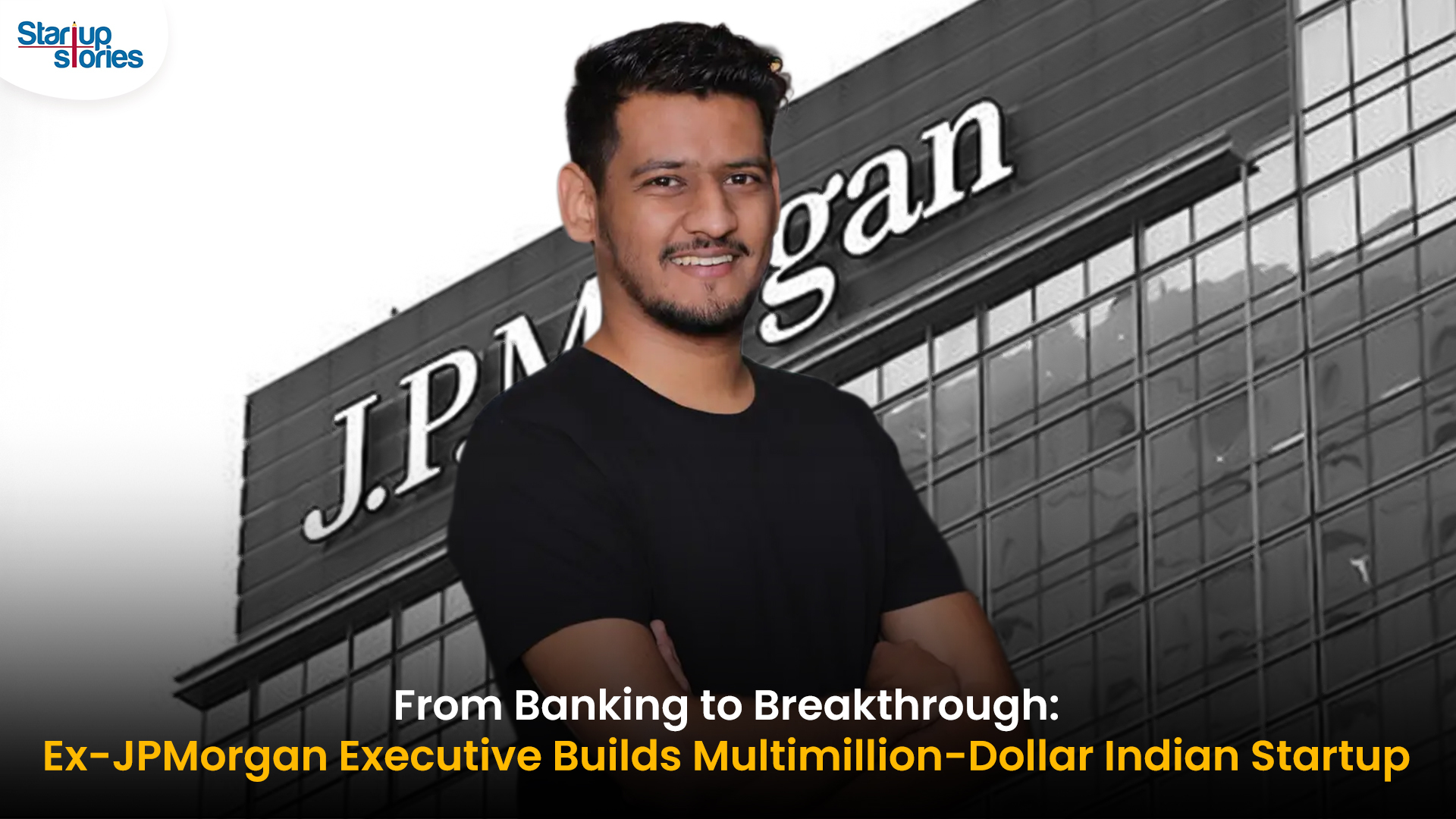
Leaving behind a high-paying job at JPMorgan, an Indian entrepreneur embraced a 70% salary cut to pursue true purpose and passion in the startup world. Disenchanted with what he described as a “robotic” corporate routine, he sought meaningful work that made a real impact. This pivotal decision marked the beginning of his new journey, one focused on value creation rather than titles and corporate perks.
Powered by resilience and fresh perspective, the entrepreneur launched his own startup, prioritizing innovation and hands-on solutions. The road was challenging, but his vision resonated with the market: the startup quickly gained traction and raised $6 million—an impressive acknowledgement of its potential in a competitive landscape. Every hard lesson from early setbacks and bootstrapping paid off in real customer growth and investor confidence.
Today, his journey stands as an inspiring example for professionals seeking authentic success outside the corporate grind. By trading comfort for creative freedom, he grew a venture that solves important problems, generates jobs, and builds wealth beyond just salary. For ambitious founders, his story highlights the power of risk-taking, adaptability, and relentless focus on impact in India’s thriving startup ecosystem.
Videos
Larry Page: The Visionary Co-Founder Behind Google’s Global Success
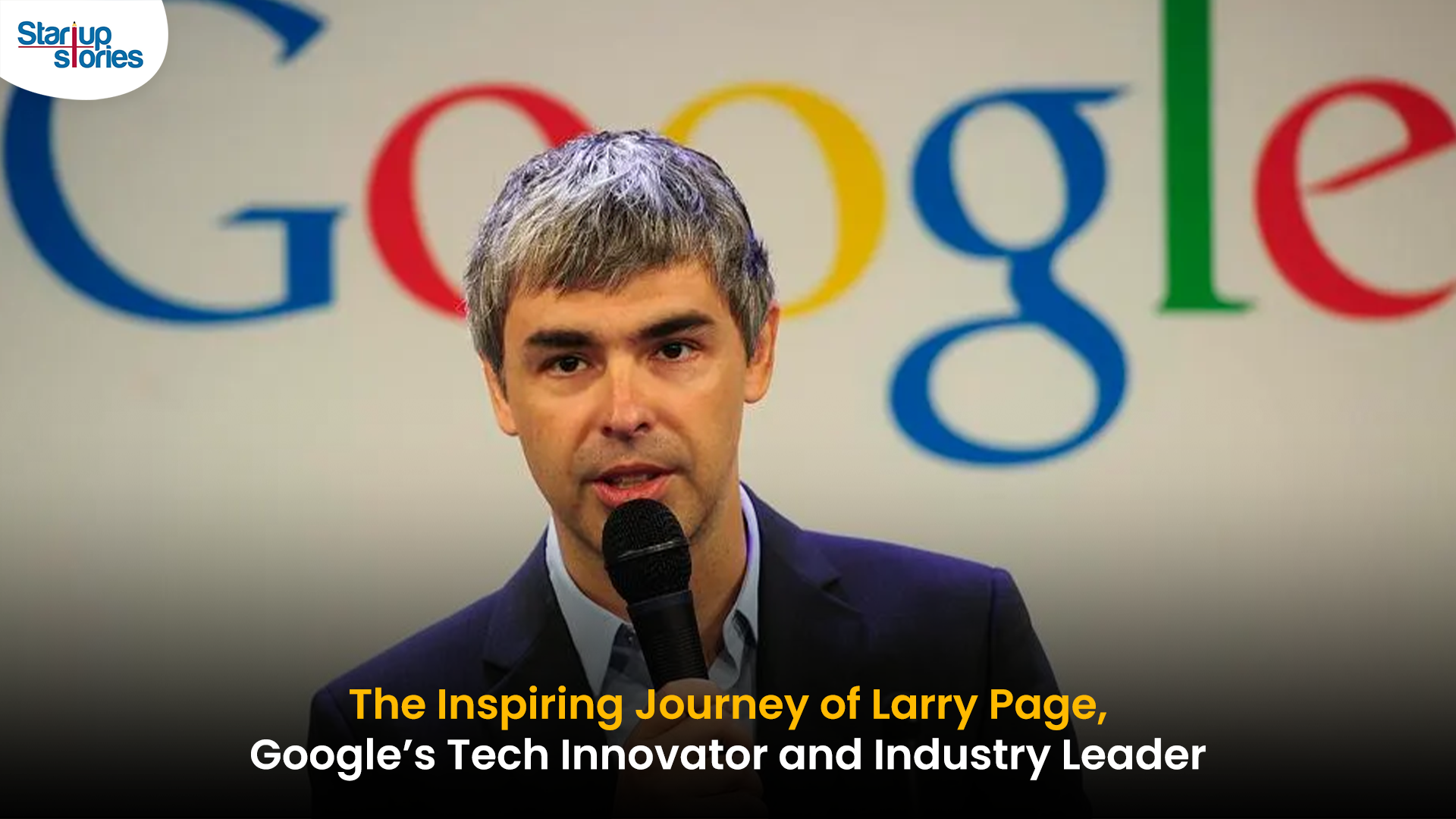
Larry Page is a visionary technology entrepreneur and co-founder of Google, one of the world’s most influential companies. Born in 1973 in Michigan, Page grew up surrounded by computer technology, which inspired his passion for innovation from an early age. He studied computer engineering at the University of Michigan and later pursued his PhD at Stanford University, where he developed the revolutionary PageRank algorithm with Sergey Brin. This technology fundamentally changed the way search engines rank websites, making Google the most accurate and popular search engine globally.
The journey of Larry Page and Google began in 1998 when they officially launched the search engine from a small garage. Leveraging their unique algorithm, Google quickly surpassed competitors due to its ability to deliver highly relevant search results, transforming internet search forever. Under Larry Page’s leadership as CEO, Google expanded beyond search to launch groundbreaking products including YouTube, Gmail, and Google Maps, turning it into a global tech powerhouse that shapes how we access and interact with information online.
Larry Page later became the CEO of Google’s parent company, Alphabet Inc., driving innovation and investment in next-generation technologies such as artificial intelligence, autonomous vehicles, and healthcare solutions. His visionary leadership and commitment to technological advancement have cemented his legacy as one of the most influential figures in the tech industry. Today, Larry Page remains a key influencer in shaping the future of technology and digital innovation worldwide.
Entrepreneur Stories
India’s Tech Story: Airtel Spreads AI Access, Ohm Mobility Lessons
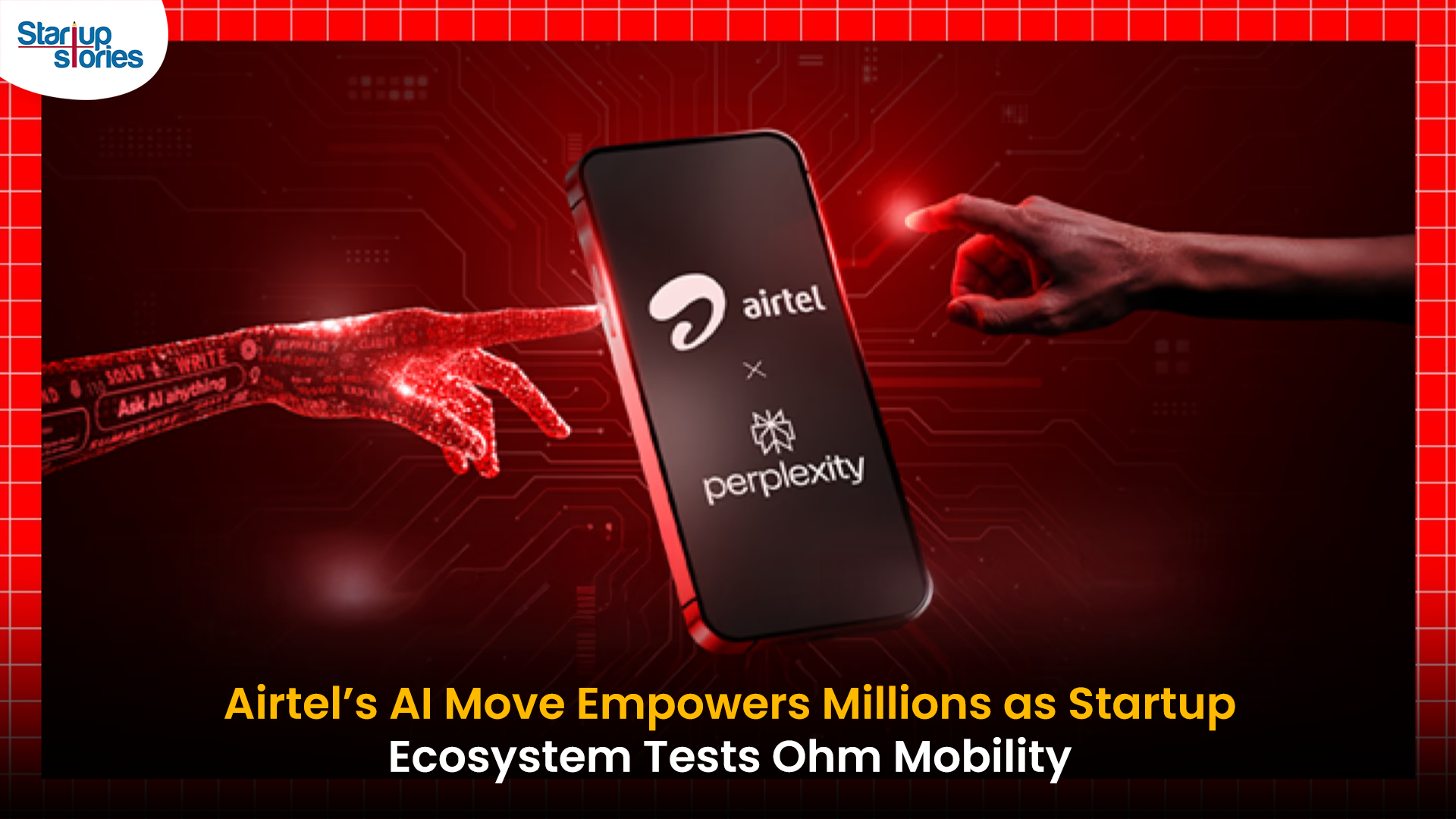
Bharti Airtel has launched the innovative “Airtel-Perplexity Blueprint,” partnering with Perplexity to provide over 360 million customers free access to Perplexity Pro for a year—a benefit valued at ₹17,000 ($200). This collaboration enables Airtel users across mobile, broadband, and digital TV to harness advanced capabilities in generative AI, including leading AI models like GPT 4.1, Claude, and Gemini, along with up to 300 Pro searches daily, image generation, document analysis, and personalized planning services. The move is seen as a milestone for telecom innovation and the democratization of AI in India, making powerful research and productivity tools accessible to a massive user base.
This strategic partnership positions Airtel as an “AI-first” telecom provider, allowing it to gain key insights into user interactions with artificial intelligence and adapt its networks for growing digital demands. For Perplexity, the tie-up grants exclusive access to India’s vast telecom audience, rapidly propelling the app to the No. 1 spot on the Indian App Store, surpassing global competitors like ChatGPT and Google Gemini. Airtel customers can activate their complimentary subscription seamlessly through the Airtel Thanks App, under the Rewards and OTTs section, reinforcing Airtel’s commitment to digital customer empowerment.
The broader Indian startup ecosystem reflects both breakthrough innovation and hard-earned lessons, illustrated by the recent shutdown of Ohm Mobility, an EV financing startup. Despite multiple pivots and industry-leading investors, Ohm Mobility struggled to achieve a sustainable business model—a reminder of the challenges in market fit and adaptability. As AI adoption accelerates and startup realities evolve, industry leaders like Airtel and Perplexity are setting new standards, while others, like Ohm Mobility, offer valuable insights on resilience and the importance of business model flexibility in India’s dynamic tech landscape.


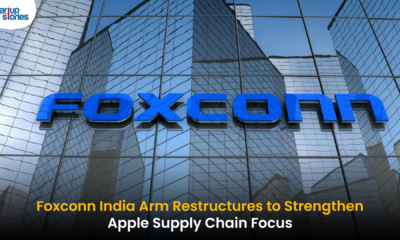

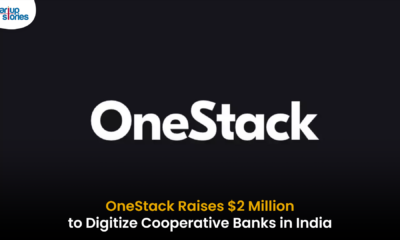









Zarejestruj sie na www.binance.com
March 23, 2025 at 10:46 pm
I don’t think the title of your article matches the content lol. Just kidding, mainly because I had some doubts after reading the article. https://accounts.binance.com/register?ref=P9L9FQKY
Lsinaxhk
May 25, 2025 at 12:30 am
Explore the ranked best online casinos of 2025. Compare bonuses, game selections, and trustworthiness of top platforms for secure and rewarding gameplayBonus offer.
谷歌站群
November 7, 2025 at 2:53 am
专业构建与管理谷歌站群网络,助力品牌实现全域流量的强势增长。谷歌站群
站群程序
November 9, 2025 at 8:17 pm
搭载智能站群程序,自动化搭建与管理,为SEO项目提供核心驱动力。站群程序
MM88
November 10, 2025 at 11:59 am
Khám phá thế giới giải trí trực tuyến đỉnh cao tại MM88, nơi mang đến những trải nghiệm cá cược thể thao và casino sống động.
GO88
November 11, 2025 at 8:28 pm
Tham gia cộng đồng game thủ tại Go88 để trải nghiệm các trò chơi bài, poker phổ biến nhất hiện nay.
站群程序
November 13, 2025 at 8:55 am
采用高效谷歌站群策略,快速提升网站在搜索引擎中的可见性与权重。谷歌站群
MM88
November 13, 2025 at 6:31 pm
Với giao diện mượt mà và ưu đãi hấp dẫn, MM88 là lựa chọn lý tưởng cho các tín đồ giải trí trực tuyến.
iwin
November 21, 2025 at 3:01 am
iwin – nền tảng game bài đổi thưởng uy tín, nơi bạn có thể thử vận may và tận hưởng nhiều tựa game hấp
Kuwin
November 23, 2025 at 4:16 pm
kuwin sở hữu kho game đa dạng từ slot đến trò chơi bài đổi thưởng, mang đến cho bạn những giây phút giải trí tuyệt vời.